Understanding knitting fibers has been a process of trial and error for me. I’ve had some disastrous yarn substitution experiments and fallen in love with some fibers (Targhee wool, anyone?).
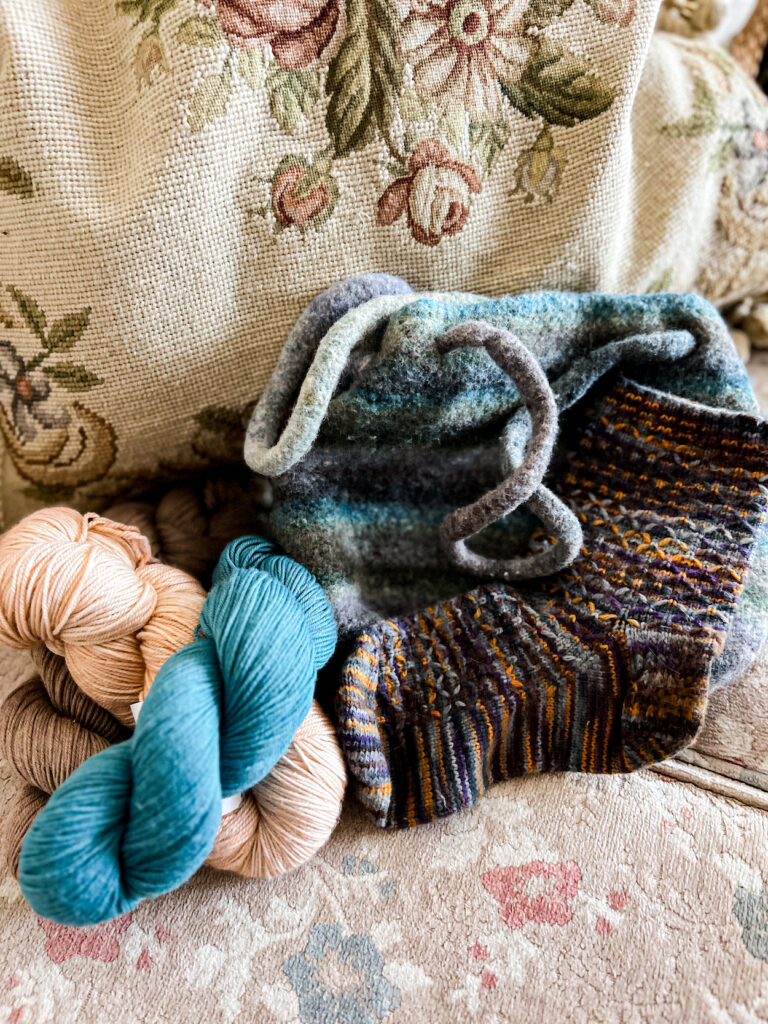
But some of the most important lessons I’ve learned involve the differences between superwash wool and nonsuperwash wool. Both are common in yarn shops, and it’s easy to buy one thinking you’ve bought the other.
The thing is, these two wools can often behave very differently from each other. This post will serve as a practical guide for the key differences between superwash wool and nonsuperwash wool, why felting is harder with superwash wool, when you should choose each type of wool, and what to look out for.
What Is Felting, Exactly?
Before we get into things, let’s talk about what, exactly felting is. Here’s a picture showing a bag I made that I knit and then intentionally felted.
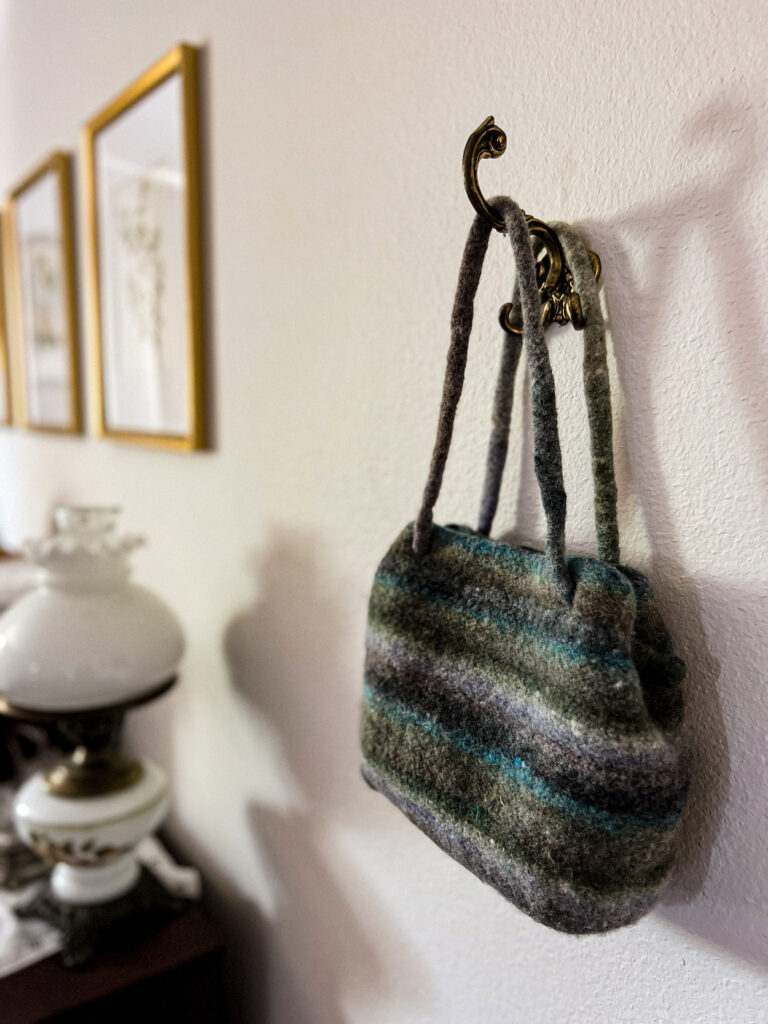
You can see that the fabric is blurry. There are no individual stitches visible. That’s because I sent this bag through the washer and dryer on high heat with plenty of soap. Doing that caused the scales on the outside of the wool fibers to open up and snag against each other.
This process is called felting, and it creates a dense, thick fabric. When done on purpose, it can be really useful for slippers, bags, certain hats, and even sweater coats. When done on accident (say, to a sweater that accidentally went through the wash), it can be tragic.
Why Superwash Wool Doesn’t Felt the Same Way
So now let’s talk about superwash wool and how it affects the felting process. Manufacturers often market superwash wool as a “machine washable” wool, with the implication that it won’t felt. This is kind of true.
Superwash wool is wool that a manufacturer has treated with one of a few processes to remove the external scales on the wool fibers that would otherwise snag and felt. One common method involves chemically stripping the scales and then backfilling gaps in the fiber with a polymer, while another involves just coating the fibers. I had a chat with Kelly Corten, formerly the owner of The Royal Bee Yarn Company, at the SoCal Fiber Fair a while back, and she mentioned she had sourced a base that had been superwash-treated using salt water, but I haven’t been able to find much online about this process. My guess is it’s not very common yet.
While these yarns are less likely to felt in the washer, please know there’s still a possibility of ruining your superwash projects. I’ve felted superwash socks before! It’s best to wash on the gentle cycle on a cool temperature and don’t use the dryer.
Even more, superwash wool is still prone to other changes in shape and texture in the wash. It can stretch, distort, increase in drape, and pill. When in doubt, hand wash.
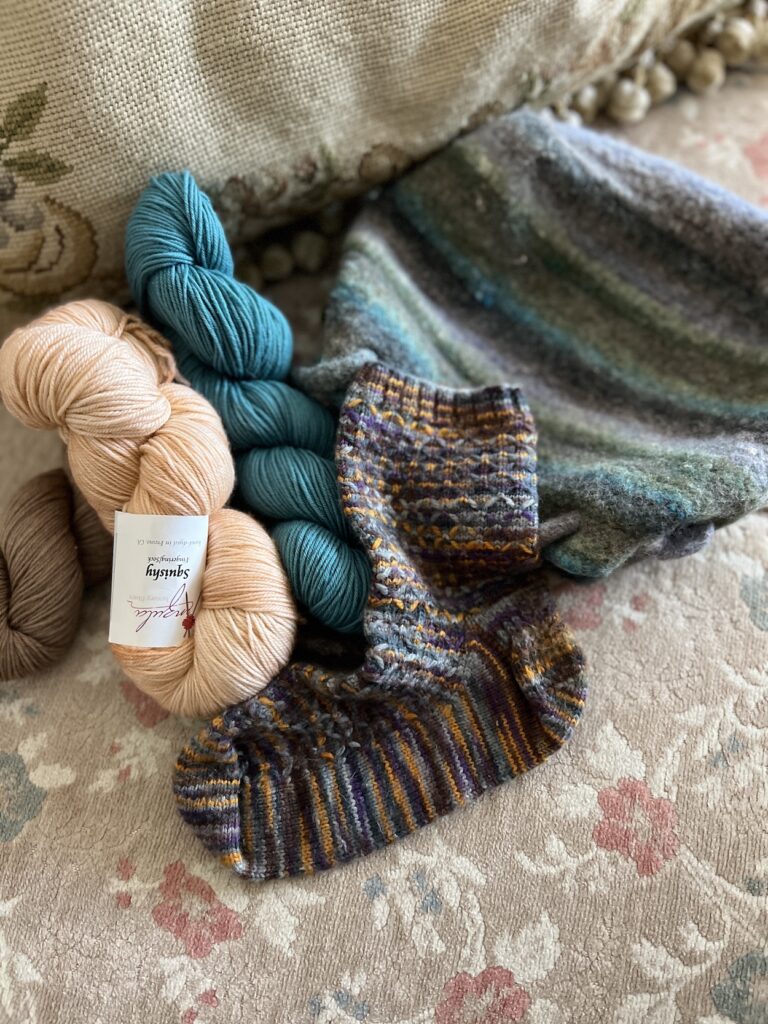
What Happens When You Try to Felt Superwash Wool?
Sometimes, you want to felt your finished knit project. Felted fabric is dense and warm, so that might be the actual result you seek.
Because superwash wools have had the scales stripped or sealed on their fibers, they don’t felt like nonsuperwash wools do. If you do manage to felt them, it’ll usually take very hot water, strong soap, and a hot dryer. Sometimes, you’ll even need to do multiple rounds of washing and drying to achieve a good felt.
More likely, though, you’ll end up with a project that didn’t felt but instead came out stretched and droopy. Sometimes a project with a blend of fibers will felt in some spots and not in others, resulting in a partially felted item with weird textural variations.
Why You Should Still Handle Superwash Wool with Care
Remember, even though superwash wool is less likely to felt, you can still damage it in the wash and through ordinary use. Heat and rough treatment can stretch and weaken the wool fibers, and superwash wool is still capable of significant pilling.
To avoid damaging your superwash wool projects, try using cool water to wash them, mesh bags (like lingerie bags) to keep them from rubbing against other items in the wash, and gentle detergent. Whenever possible, air dry your finished knits to protect them from further damage.
Here’s what I mean. I knit this sock back in 2009 using superwash wool, but as you can see, the heel has still felted with wear and washing. The rest of the sock’s stitches are also less crisp and clear than they used to be, and the leg of the sock has shortened with some shrinking.
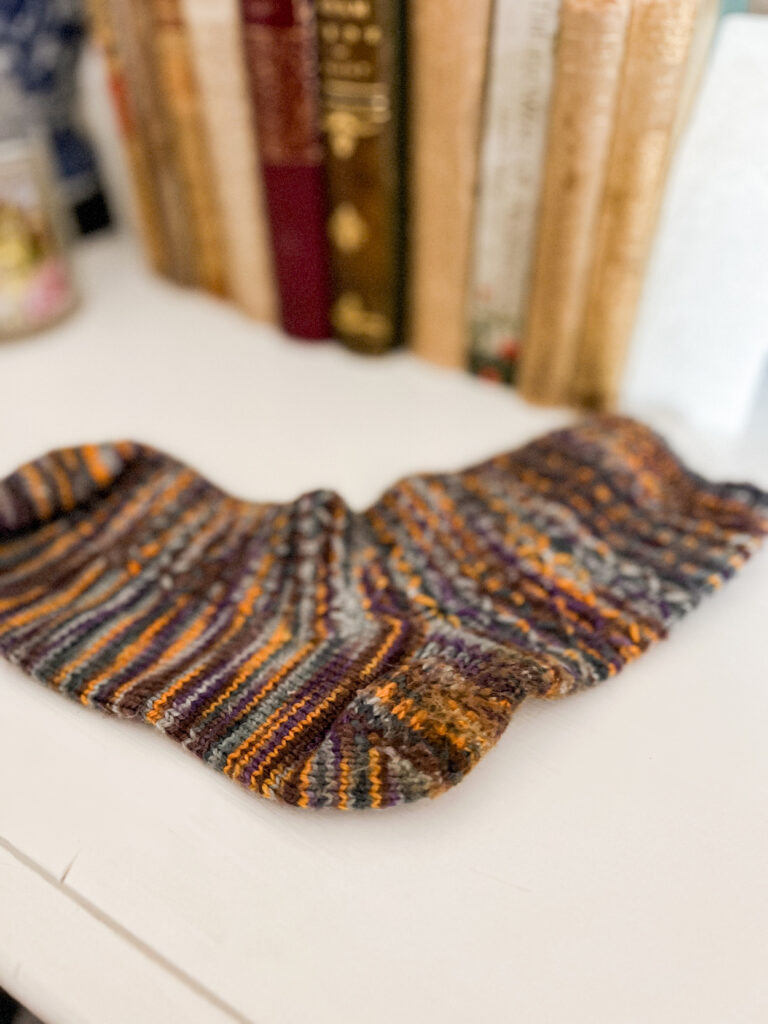
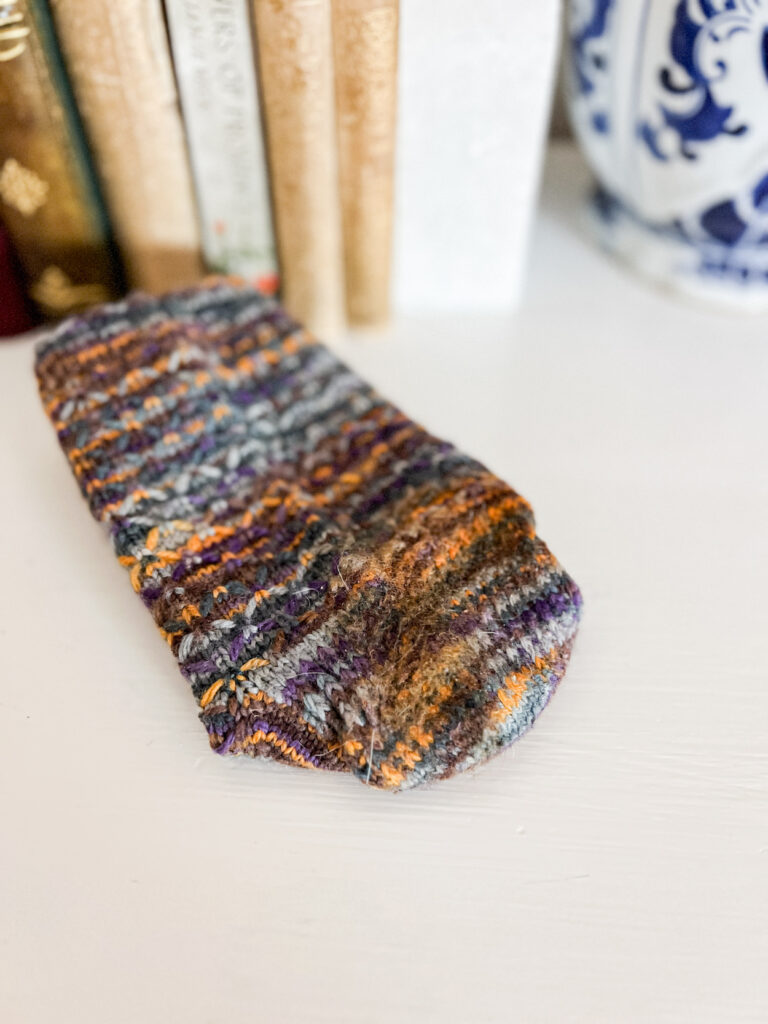
Choosing the Right Wool for Each Project
Now that we’ve covered the basics of how to care for your superwash wool and how it’s different from nonsuperwash wool, let’s talk about when you might want to choose superwash for your projects.
The most important thing when choosing your yarn is to think about how you’ll use the finished object. A baby bonnet is going to be used and laundered differently from an adult’s sweater, which will in turn be different from the use and care for a pair of slippers.
For items that are going to get heavy use or are likely to get soiled, superwash can be a good choice. These are the items you’re going to launder most often, so a superwash yarn that’s less likely to get damaged in the washing process could be helpful for you.
For items that don’t get heavy use or won’t get soiled, nonsuperwash wool can be a great choice. These wools are fluffy and have beautiful halos, so you can get some really beautiful textural effects. You’ll also, obviously, want to choose nonsuperwash wool for any project that you plan on intentionally felting.
If you’re knitting colorwork, you should usually choose a nonsuperwash wool. The scales on the wool help the strands of yarn stick to each other, which prevents distortion in the stitch pattern. While I have done colorwork using superwash wool, it definitely feels a little flat compared to my nonsuperwash colorwork.
To mitigate concerns about how a yarn will wash and wear, you can always knit a swatch and launder it. This will help you see whether it holds up well in the washing machine.
My Perspective on Superwash Wool as a Designer
As a designer, I love using both superwash wool and nonsuperwash wool, but I choose them for different projects.
I’m more likely to choose superwash for socks because I’m also more likely to accidentally send them through the washing machine. Socks also need more washing in general. The superwash yarn means I’m less likely to destroy the socks in the washing process. I also like superwash for garments that I plan to wear next-to-skin, like tshirts.
I love nonsuperwash for wraps and outer garments, though. The fluffiness of these yarns is a real treat and one of the things that I love most about wool as a fiber. You’ll often see me using nonsuperwash wool in shawl and scarf designs.
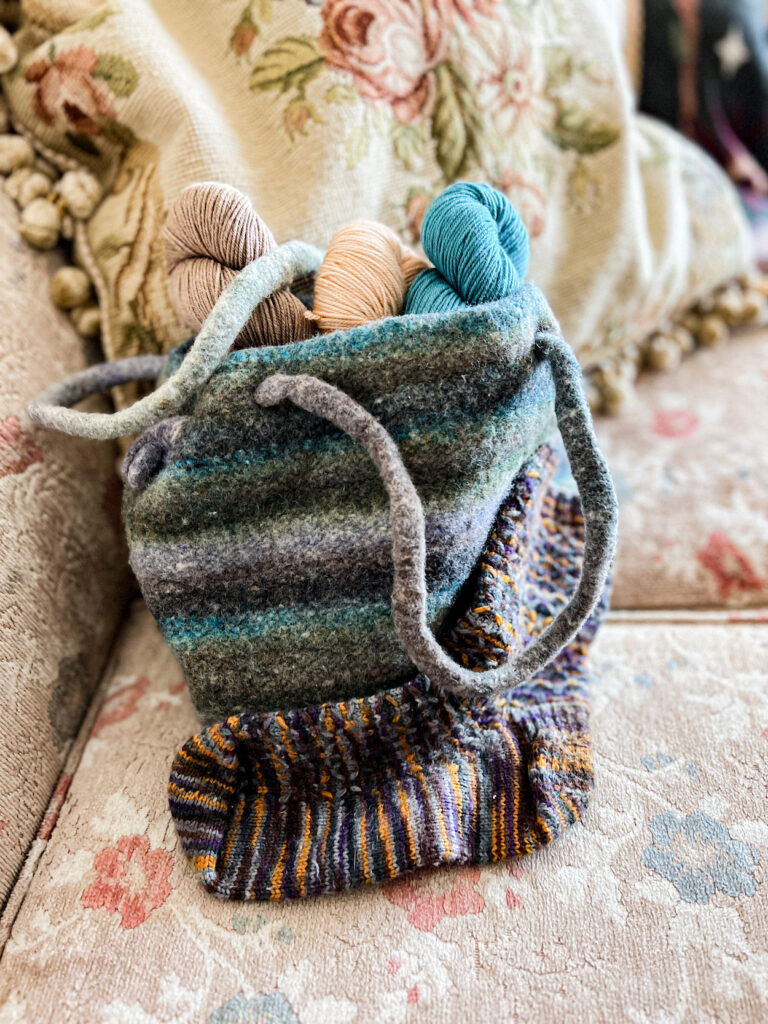
A Quick Note About Environmental Concerns
There are some knitters who try to avoid superwash yarns because of the environmental effects of the superwash treatment process.
The chemicals used in that process to strip the scales or coat the wool fibers can be harsh, which poses concerns for both the people processing the fibers and the environment around the processing facility. Some knitters may also be worried about the effects of those materials as they move throughout the world, including potential shedding/spread when superwash wool gets washed.
Ultimately, this is a decision you’ll have to make for yourself. I don’t think there’s a one-size-fits-all answer here. For example, if your choices are knitting your own garments with superwash wool or buying fast fashion (because those are the options that fit within your budget and lifestyle needs), I think superwash wool is probably still the better choice.
Make the choice that’s best for you after doing your research and considering your options thoughtfully. If we all did that and genuinely made an effort to do what we can, the world would be in good shape.
Let’s stay connected!
Join my newsletter for 30% off all new releases, regular updates with helpful tips and tricks, first crack at registration for upcoming workshops, exclusive discounts, and more.
Prefer to read without ads? Join my Patreon, which starts at just $1 a month!
Join the A Bee In The Bonnet Facebook Group to participate in knitalongs and other fun community events
Come hang out with me on the A Bee In The Bonnet TikTok
Follow along on the A Bee In The Bonnet Instagram
Get inspired via the A Bee In The Bonnet Pinterest

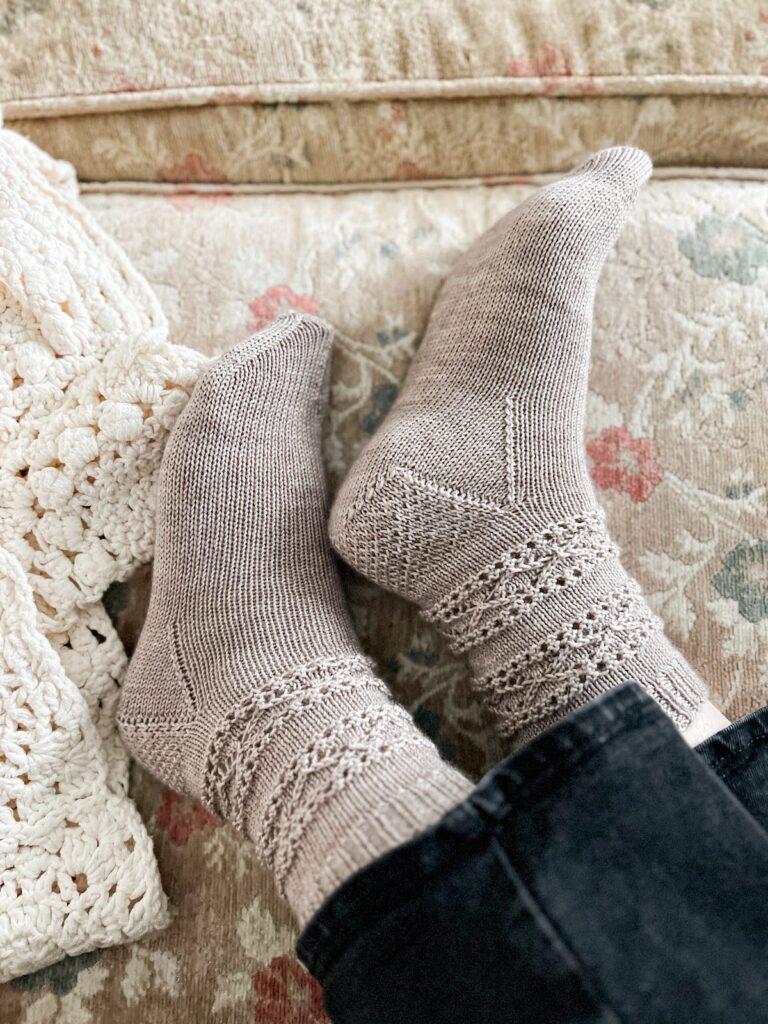
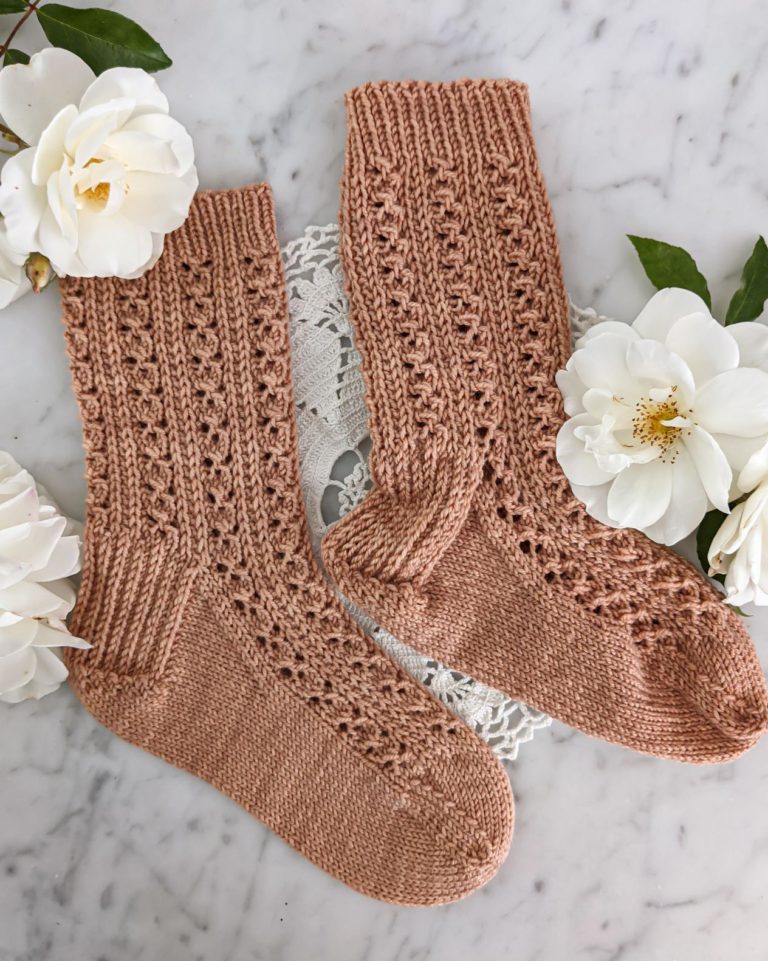
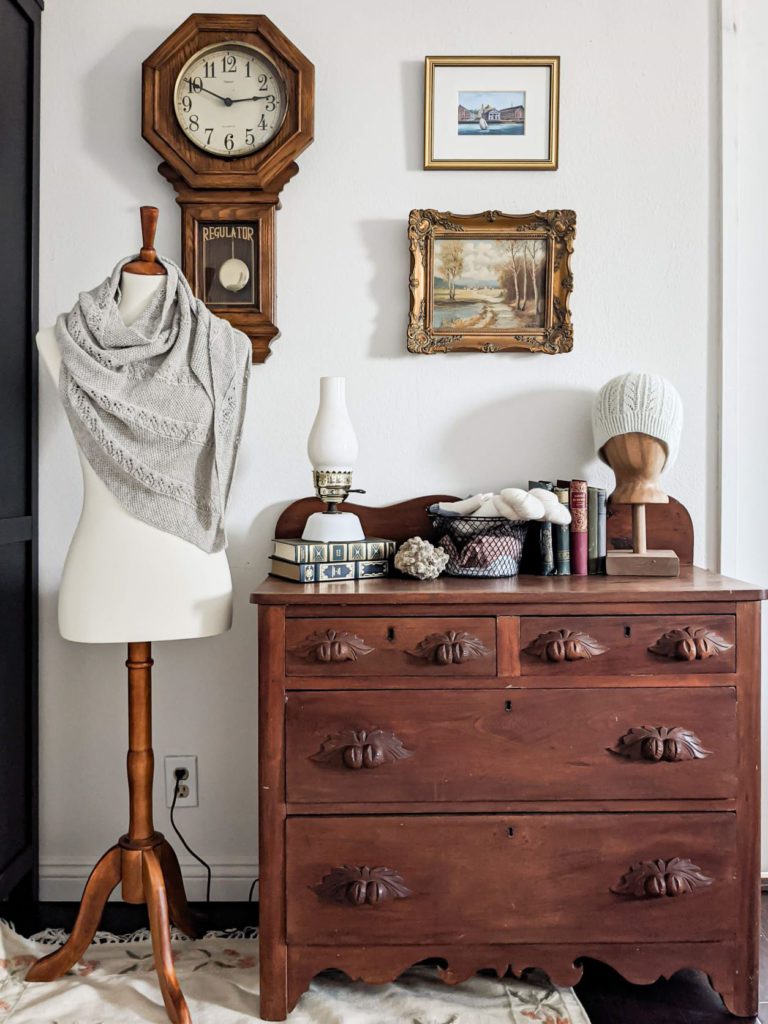
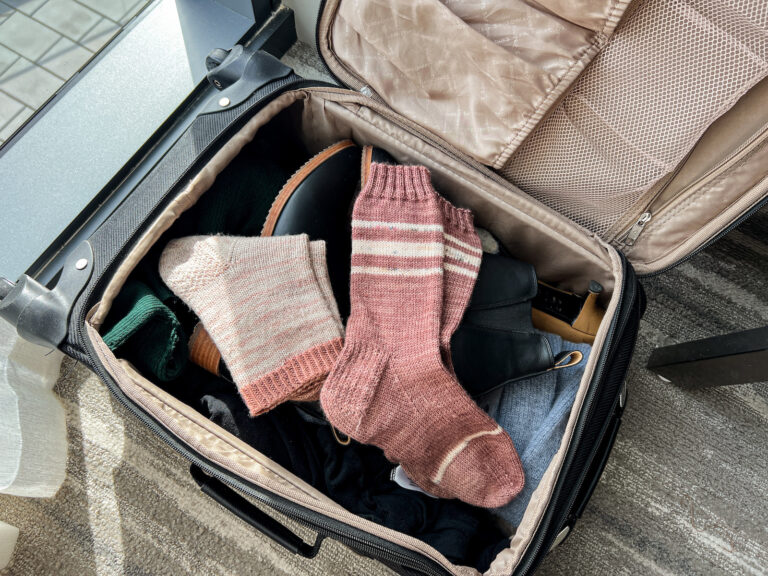
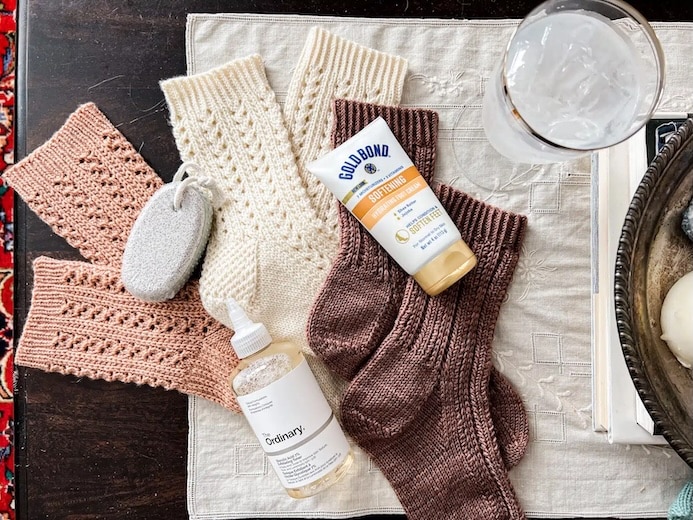
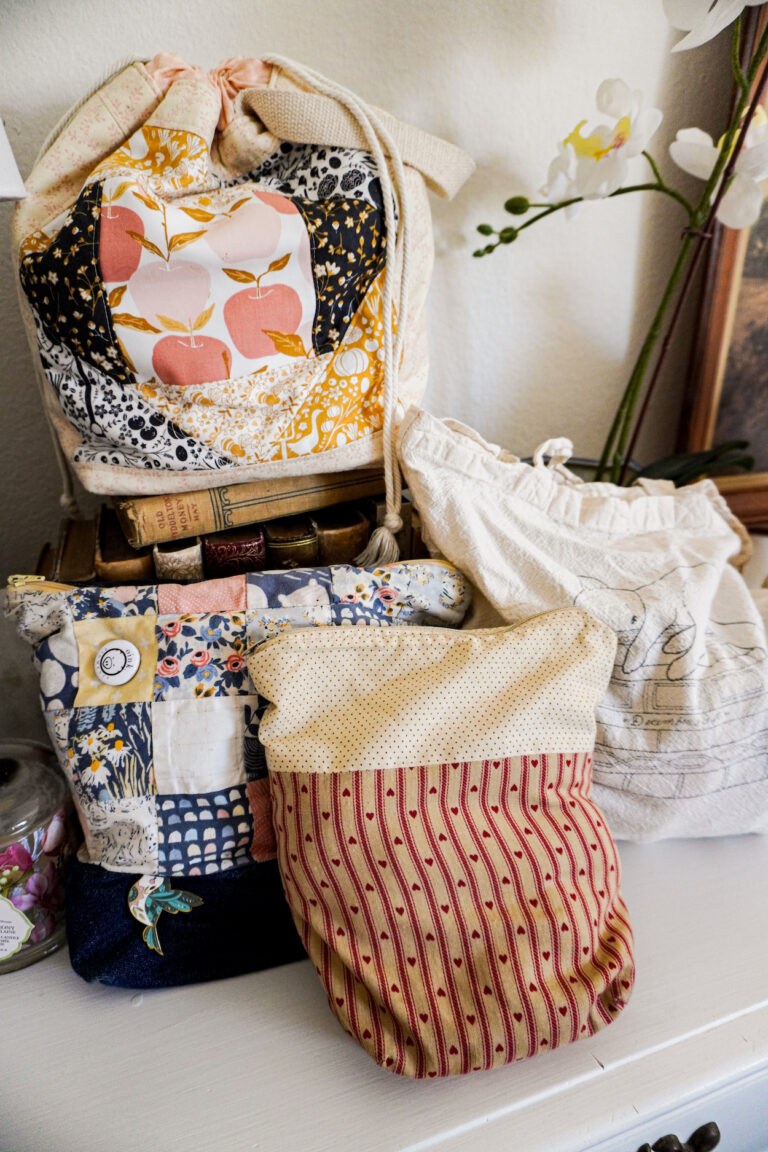
Excellent post! Thanks for the info.
I’m glad it was helpful!